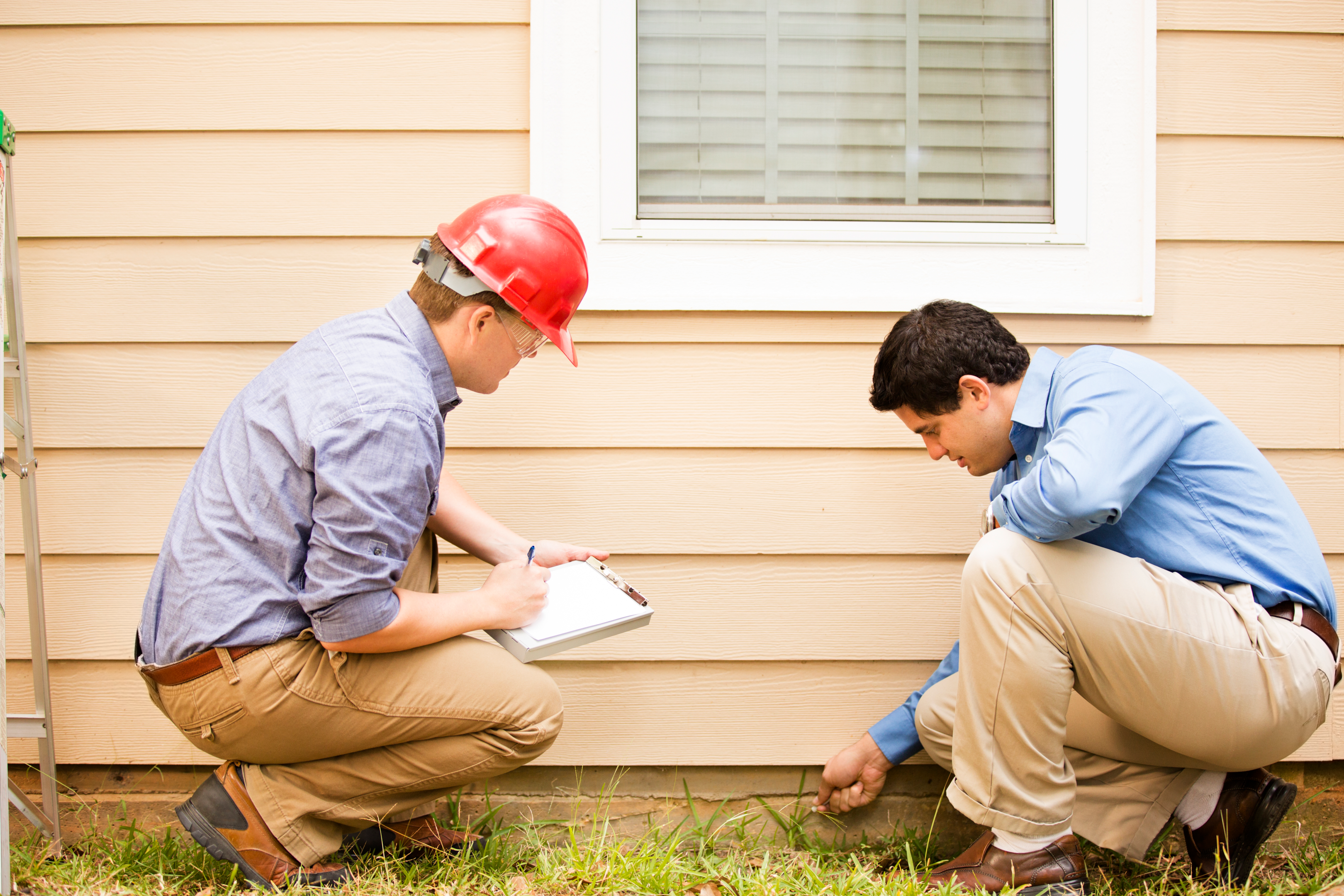Understanding the home Inspection Process: A Step-by-Step Guide

A home inspection is a vital component of the home-buying process, offering prospective buyers a comprehensive evaluation of a property’s condition. Conducted by a certified professional, the primary aim of a home inspection is to identify Home Inspection any significant issues that could affect the safety, functionality, and value of the home. This process involves a meticulous examination of various elements, including the structural components, electrical systems, plumbing, heating and cooling systems, roofing, and more.
The inspection typically begins with an exterior assessment. The inspector examines the foundation for signs of cracks, settlement, or water damage. They also scrutinize the condition of the siding, windows, and doors, looking for any gaps or damage that could lead to water infiltration or energy loss. The roof is inspected for missing or damaged shingles, leaks, and the overall condition of the gutters and downspouts. These exterior elements are crucial, as issues here can lead to more significant problems inside the home if not addressed promptly.
Moving inside, the inspector evaluates the structural integrity, looking for indications of water damage, mold, or pests that could compromise the home’s safety and stability. The attic and basement are inspected to ensure proper insulation and ventilation and to check for any leaks or moisture that could lead to mold growth. Electrical systems are carefully examined to ensure they meet current safety standards. This includes checking the electrical panel, wiring, outlets, and switches for potential hazards such as faulty wiring or outdated components that could pose a fire risk.
Plumbing systems are another critical area of focus during a home inspection. The inspector checks for leaks, proper water pressure, and the condition of pipes and fixtures. They look for any signs of corrosion or outdated materials that could lead to future plumbing issues. The heating and cooling systems are also evaluated to ensure they are functioning correctly and efficiently. This includes inspecting the furnace, air conditioning unit, ductwork, and thermostat. Proper maintenance and functionality of these systems are essential for the comfort and safety of the home’s occupants.
The inspection also involves an assessment of the interior elements of the home. This includes checking the condition of walls, ceilings, and floors for any signs of damage or wear. Windows and doors are examined to ensure they operate properly and have intact sealants. The inspector also evaluates the kitchen and bathroom areas, looking at the condition of appliances, countertops, cabinets, and fixtures. These rooms often see the most use and can be prone to issues such as water damage or outdated plumbing and electrical systems.
One of the key benefits of a home inspection is that it provides buyers with a comprehensive understanding of the property’s condition before finalizing the purchase. This information can be invaluable in negotiating repairs or a lower purchase price based on the findings. It also helps buyers make informed decisions about the investment they are about to make, potentially saving them from costly repairs down the line. Additionally, a home inspection can provide peace of mind, knowing that the home has been thoroughly evaluated by a professional.
For sellers, a pre-listing inspection can also be advantageous. It allows them to address any issues before putting the home on the market, potentially leading to a smoother and quicker sale. By proactively making necessary repairs, sellers can avoid surprises during the buyer’s inspection and present the property in the best possible light.
Overall, a home inspection is an essential part of the home-buying process. It offers a detailed assessment of the property’s condition, highlighting any issues that need to be addressed. By identifying potential problems early, buyers can make informed decisions, negotiate repairs or price adjustments, and ensure they are making a sound investment. This transparency and attention to detail ultimately provide confidence and peace of mind in the home-buying process.